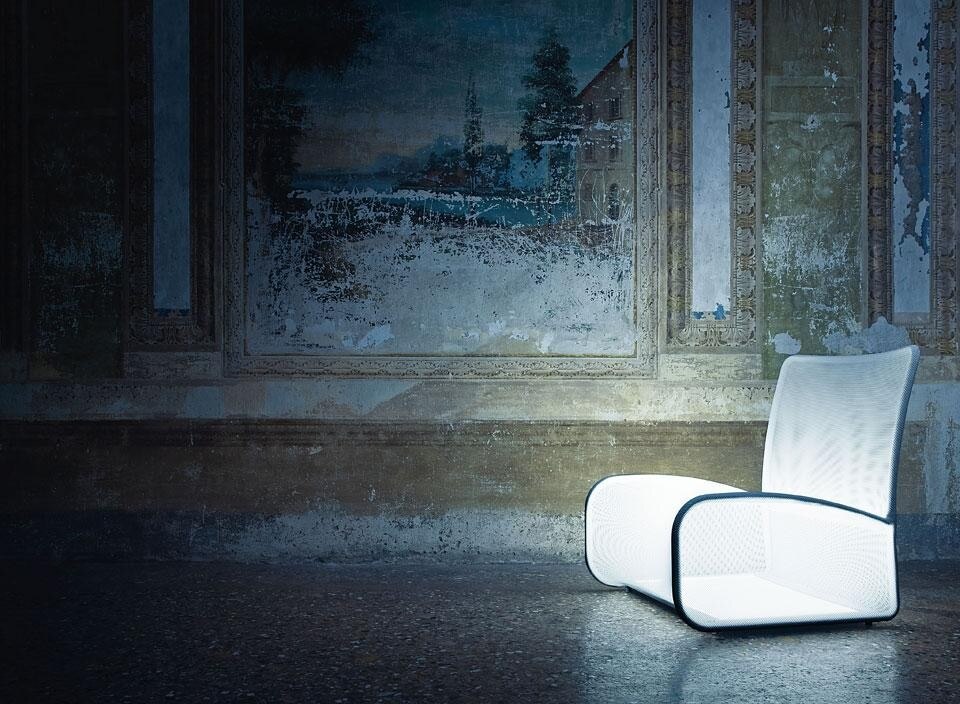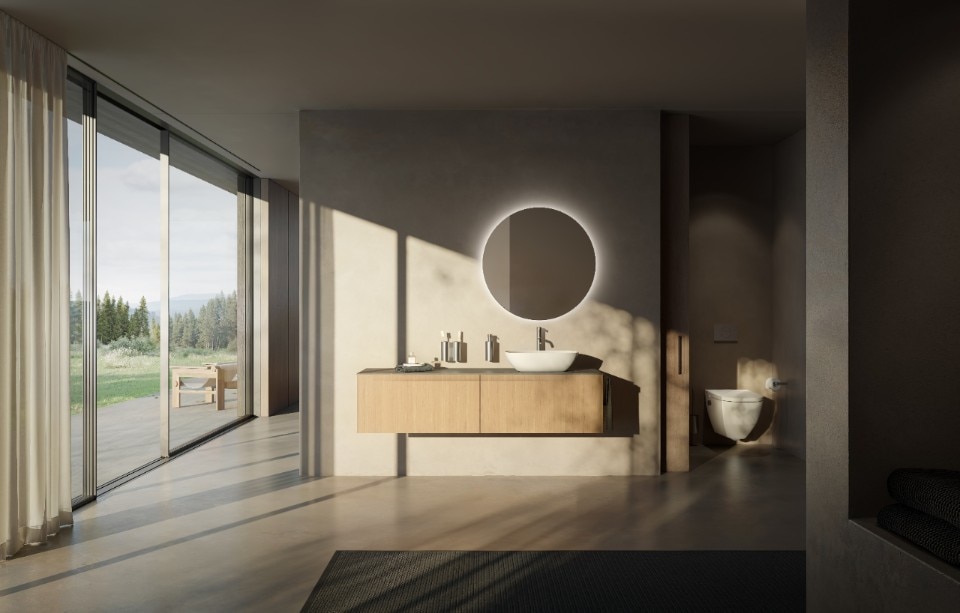Needless to say, rethinking the economic structure of an industry based on the industrial production of large, expensive pieces of hardware is easier said than done. Nevertheless, it seems the message resonated with at least one visitor to the exhibition, Massimiliano Messina, the CEO of Flou, a legendary company known for having produced some of the most successful bed designs of recent decades. Having taken the reins of the company upon the death of his father, Messina set about considering how an internationally successful company could not just survive the storm of digitally driven innovation, but ride the wave. The result is not evolutionary, but rather a completely new start: a new company that runs parallel to Flou called Natevo.
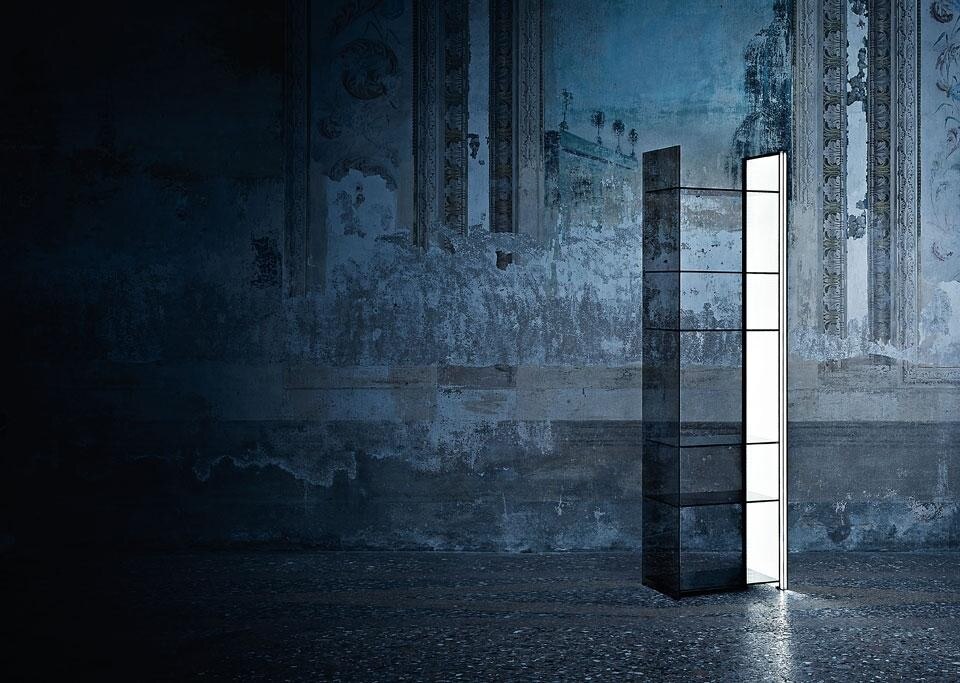
Messina believes the world is cluttered with objects that companies produce but nobody wants — tables, armchairs, lights nobody feels an attachment to, sold at a discount and ultimately destined to populate landfills. The obvious question is how industry can prevent waste and optimise production in the age of ubiquitous information networks, and it was this question that inspired the most innovative aspect of Natevo. Taking its cue from the crowdfunding website Kickstarter, Natevo will not commission designers to produce new concepts and prototypes; it will solicit the design community to submit furniture designs through its website (the only constraint is the recyclability of the materials and the incorporation of a light source), and those which a jury considers possible to produce will be prototyped and published on the website. At that point, the public will be able to vote each design into production by sponsoring it via the website, and if the product receives a sufficient number of pre-orders within a predefined amount of time, it will go into production and be shipped to the purchaser. Products will also be displayed in several Natevo retail locations in sizable Italian cities.
An internationally successful company could not just survive the storm of digitally driven innovation, but ride the wave
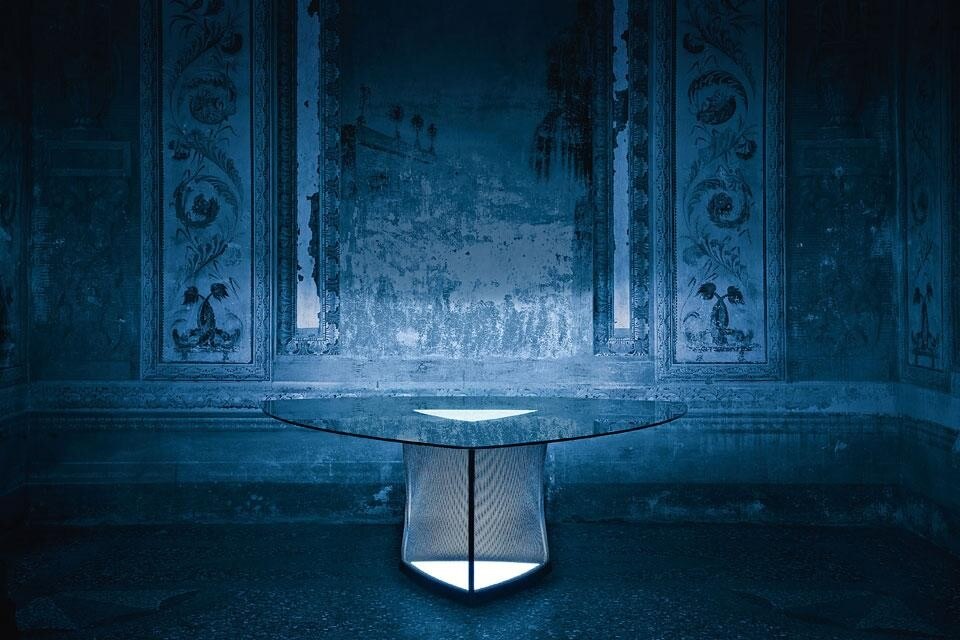
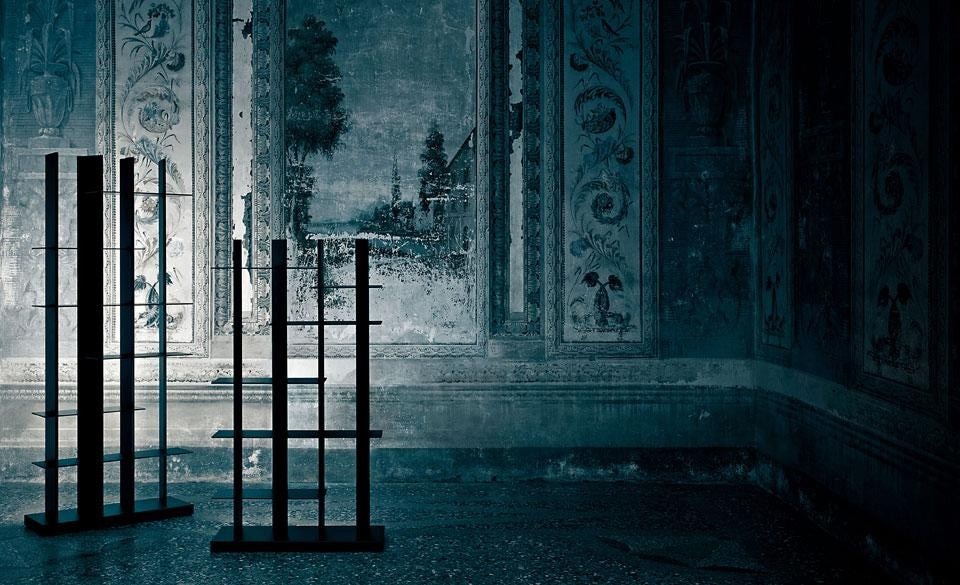
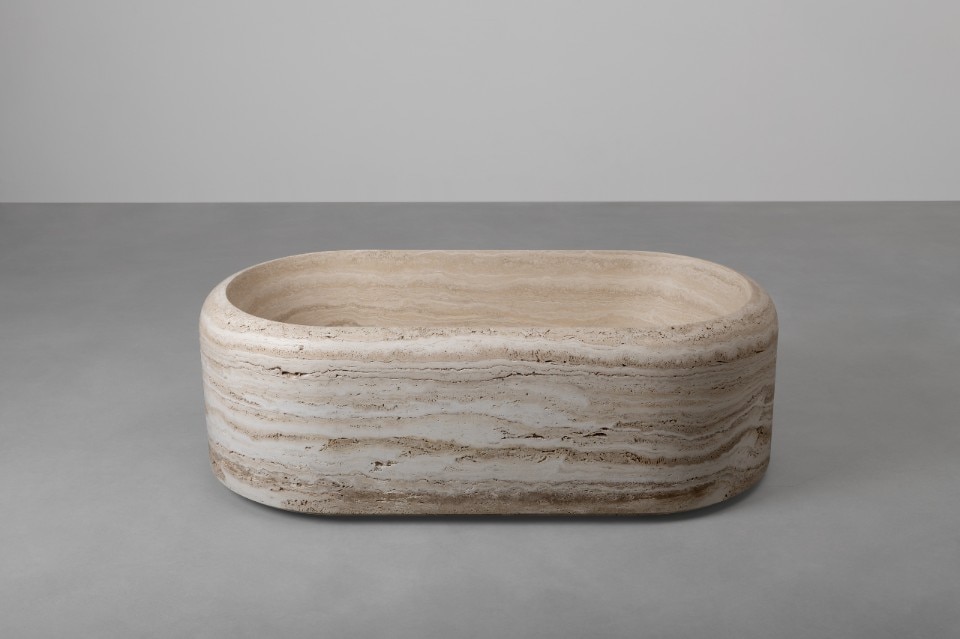
Designing from a single gesture: Vaselli’s latest collection
The Hoop series translates a morphological gesture into a family of travertine bathroom furnishings, where the poetry of the material meets the rigor of form.


